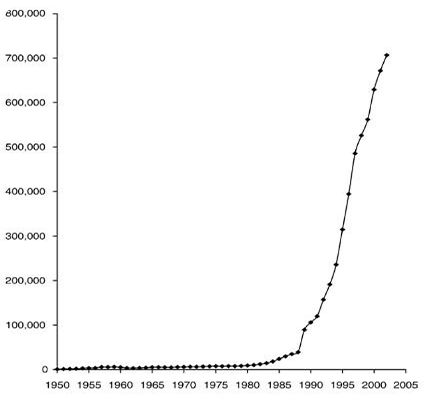Tilapia breeding history
Tilapia is a freshwater fish from the family Cichlids. It is native to Africa, but introduced to many tropical, subtropical and temperate regions of the world during the second half of the 20th century. Tilapia has many characteristics that make it an ideal candidate for aquaculture, especially in developing countries.
Factors introducing tilapia into these areas for breeding include:
- food
- Recreational fishing
-
Aquatic weed control
- Research Objectives
Features of Tilapia fish
- fast growth
- Enduring a wide range of environmental conditions
- Resistance to stress and disease
- Ability to reproduce in harsh and limited conditions
- Nutrition from a low nutritional level
- Acceptance of artificial food immediately after absorption of yolk sac
Tilapia fish farming began about four thousand years ago, about a thousand years before the carp was introduced to China, yet with the exception of Bible sources and pictures of ancient Egyptian tombs, Little is known about the breeding of this species at that time.
The tilapia fish breeding history is divided into three parts
- Before 1970
- From 1970 to 1990
- From 1990 onwards
Before 1970: The share of tilapia fish production was very small compared to the total aquaculture production in the world before 1970, which is less than one percent of total world production. For example, tilapia production in 1969 was less than 25,000 tonnes, with a total production of about 3230000 tons. During this breeding period, about seven countries were active in the field of tilapia cultivation, increasing to 12 from 1969 onwards.
Major producing countries of Tilapia during at this time:
Taiwan, China, Egypt, Nigeria, Occupied Palestine and Thailand
The low share of tilapia production in this period was due to the fact that aquaculture in general and tilapia cultivation in particular were not recognized as a food production system in many countries.
From 1970 to 1990:
During this period, tilapia cultivation gradually spread throughout the world The number of countries cultivating tilapia increased significantly, with 1990 rising from 12 to 78.
Of those 78 countries, 40 were producing less than 100 tonnes a year, according to the World Food and Agriculture Organization. Production of tilapia gradually increased to 380,000 tons in 1990, accounting for more than two percent of the world’s total aquaculture production.
Since 1990:
During this period, the cultivation of tilapia has seen tremendous expansion over the years. As a result, the number of countries that cultivated tilapia reached more than 120 countries. Also, tilapia production increased by more than 390 percent, from 380,000 tonnes in 1990 to 1.5 million tonnes in 2002, up from 4.5 million tonnes in 2012, That accounted for about 7% of the world’s total aquaculture.
Production of tilapia in Asia:
Asia is the largest producer of tilapia in the world, accounting for 79% of global production of tilapia in 2002, Asia’s share of tilapia production declined to 27.69% in 2012. The continent continued to be a leader among other continents in 2013 with production of 3.6 million tons of tilapia.
Tilapia in Asia is mainly grown in fresh water. About 95.5 percent of all cultivated tilapia were reported to be freshwater. 21 Asian countries, mainly in South Asia and the Far East, reported tilapia production in 2002.
Tilapia producing countries in Asia:
Jordan, UAE, Indonesia, Bangladesh, Pakistan, Thailand, Taiwan, Timor, China, Syria, Saudi Arabia, Oman, Occupied Palestine, Philippines, Qatar, North Korea, South Korea, Kuwait, Lebanon, Myanmar, Malaysia, Nepal and Vietnam
Tilapia production in Asia is divided into three stages:
Stage One: 1950 to 1980
In this early period, tilapia was grown on a very small scale and grew at a slow rate. Production rose from 4,800 tons in 1950 to 88,000 tons in 1980.
Stage Two: 1981 to 1991
Tilapia production saw a significant increase – from 109,000 tons in 1981 to 353,000 tons in 1991, up by more than 300 percent.
Stage Three: 1992 onwards
This period was followed by a rapid development of tilapia cultivation in Asia, bringing tilapia production from 420,000 tonnes in 1992 to one million and 190,000 tonnes in 2002. The statistics came as countries such as Vietnam, Bangladesh, India and Pakistan were not included in the production figures.
Despite the fact that Asia is the world’s largest tilapia producer, China is the largest tilapia producer. It is interesting to know that tilapia production in 2013 was over one million and 650 thousand tons.









